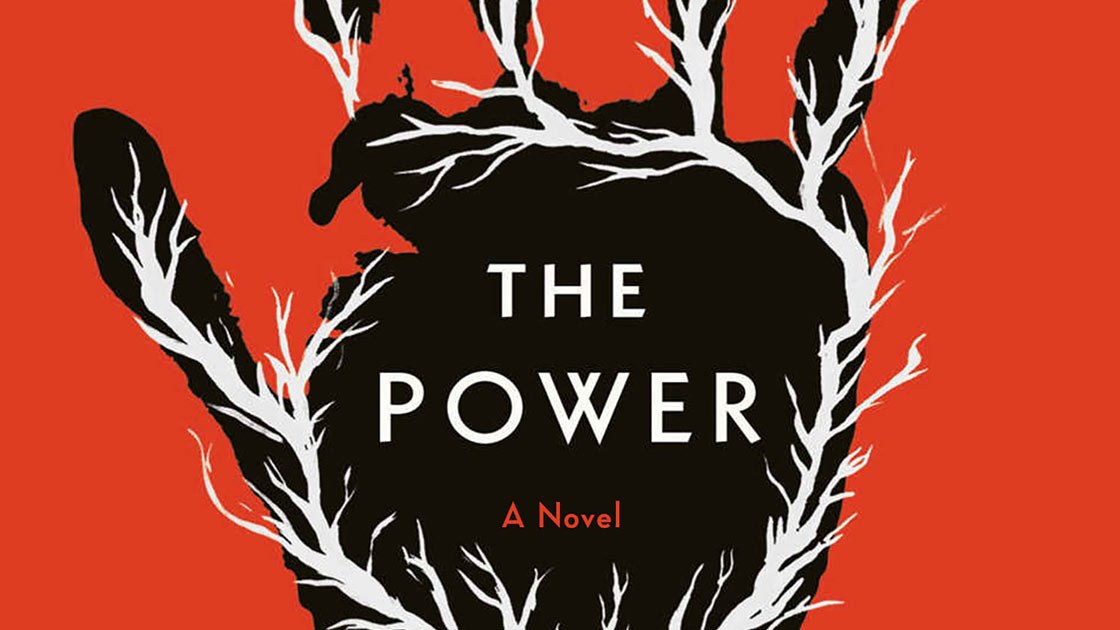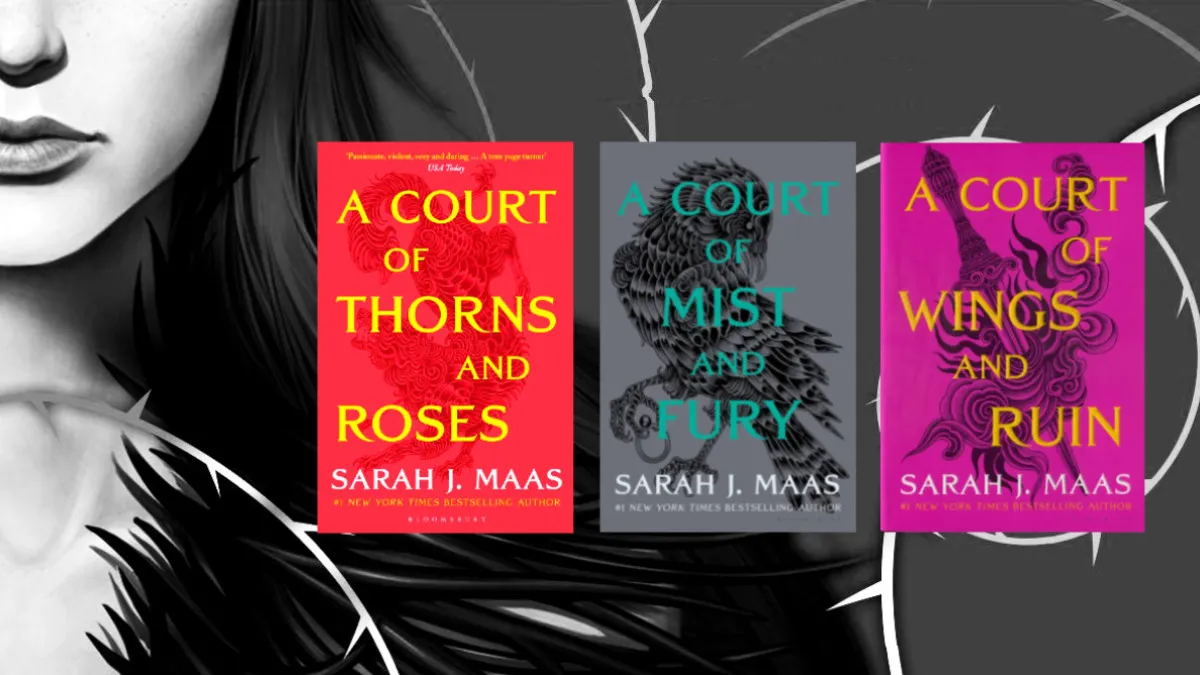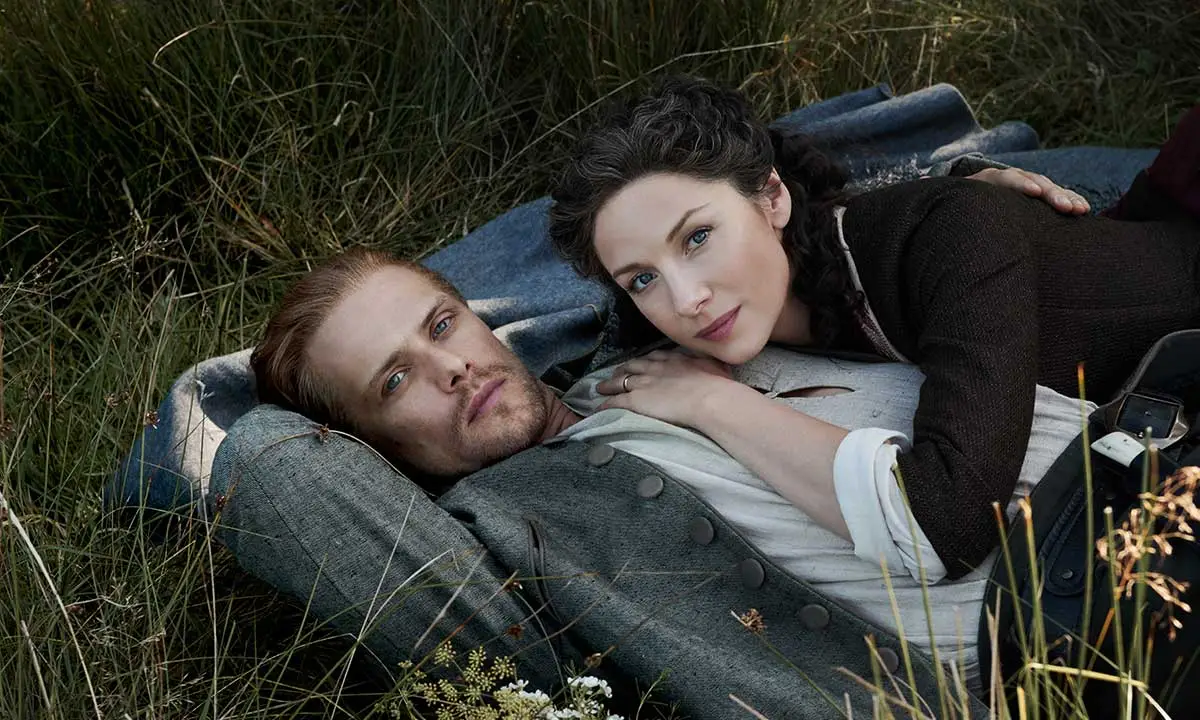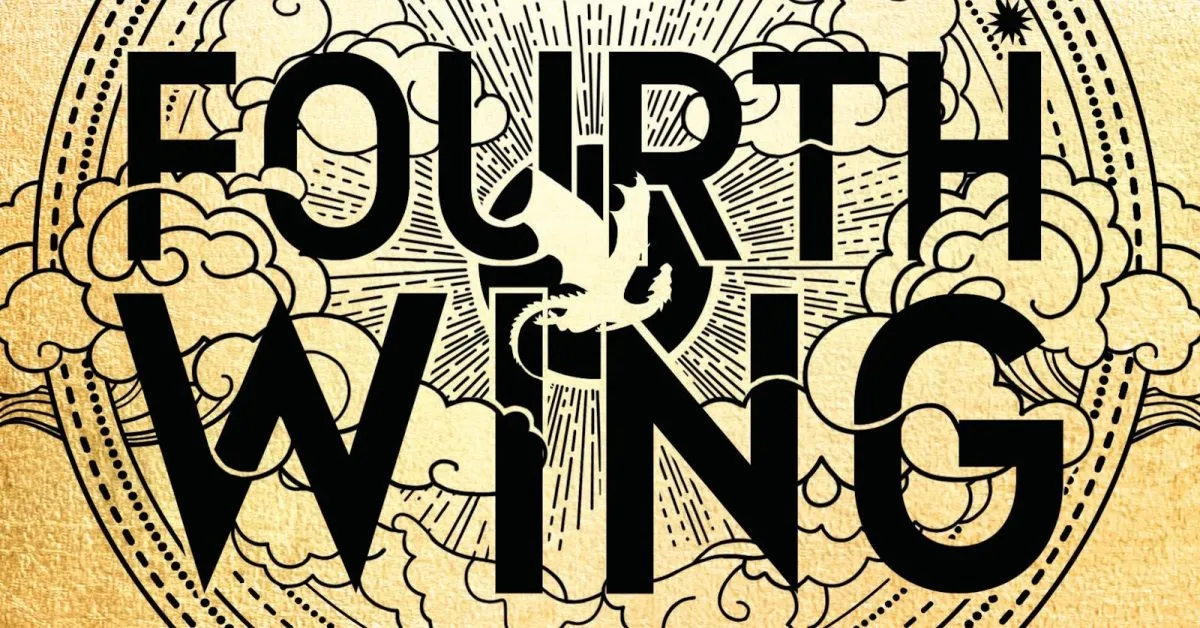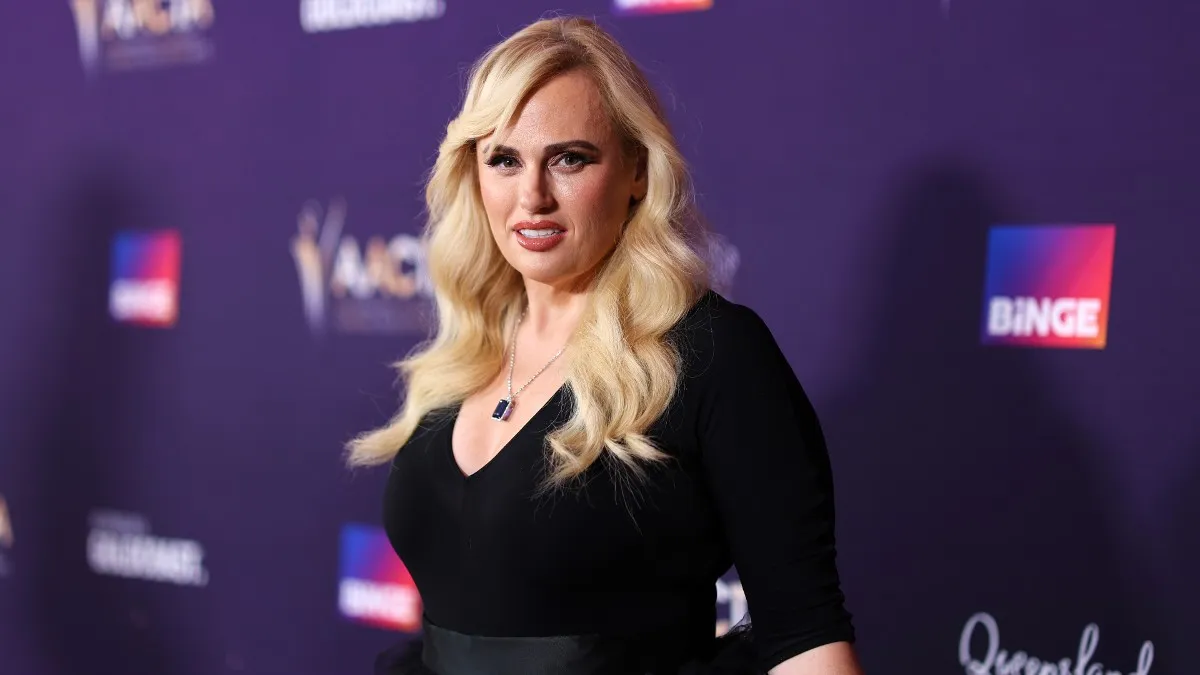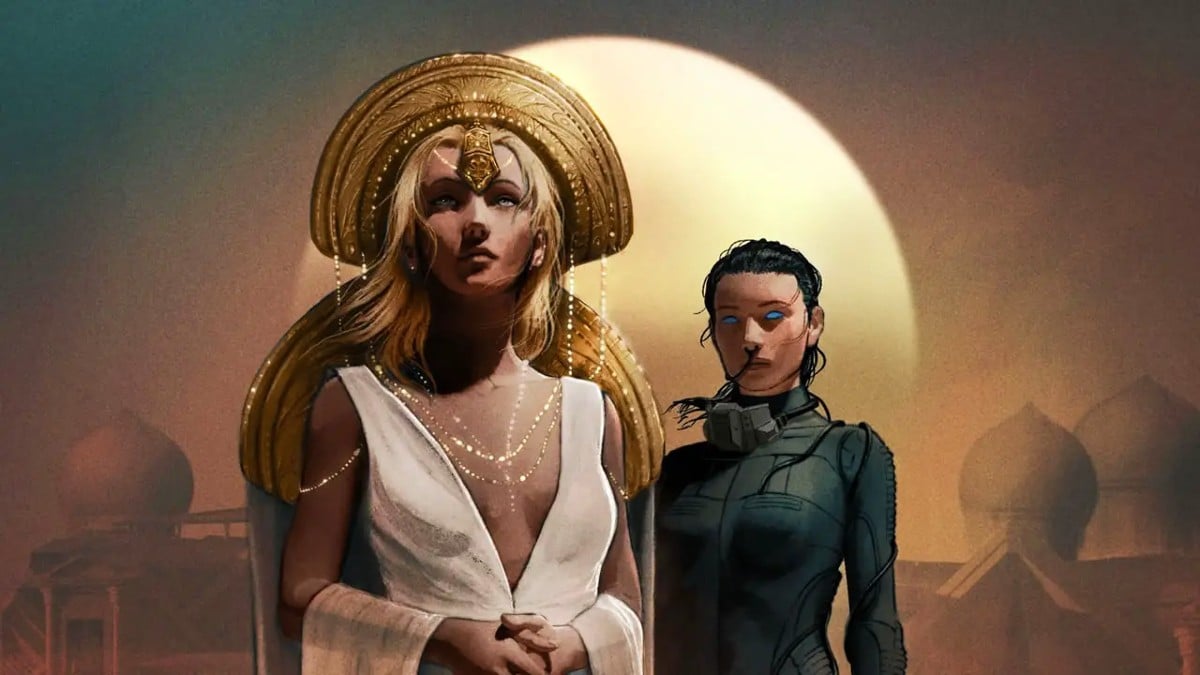Unless you’re a member of one of the few matriarchal tribes that are still in existence, it’s easy to imagine a world in which men hold all the power. The right to vote, to work, to not bear children—all these women’s rights have been fought for hard and gained fairly recently. While Margaret Atwood’s The Handmaid’s Tale may therefore seem rather prescient when it comes to the state of the U.S. today, it was not that far-fetched when she wrote it in 1985, either.
A world wherein women hold all the cards, on the other hand, is much harder to imagine, yet that’s what Naomi Alderman has tackled in The Power.
**WARNING: SOME BOOK SPOILERS AHEAD.**
Both books are framed as historical accounts from the far future. Indeed, as Margaret Atwood actually mentored Naomi Alderman, it’s easy to see some similarities. However, whereas The Handmaid’s Tale tackles life in an extremely male-dominated society that restricts women to the roles of wives, servants, or walking wombs, The Power covers the start of a power shift toward a female-dominated society, with the two historians that are used as framing characters living in a world where it’s preposterous to think that men could ever be the ones in charge. Sounds pretty great at the moment, doesn’t it? (Yes I’m looking at you, Trump, Putin, Kim Jong-un, etc.)
The basic premise of The Power is that teenage girls all around the world start to develop a power inside of them that gives them what amounts to a permanent, internal stun gun. Some girls are more powerful than others, but all of them suddenly find themselves able to physically fight back against men in an extremely effective way. Can you imagine? Not having to worry about walking around alone at night, about getting into a car with a stranger, about traveling to new places without a male escort …
Of course, the men of the world do not react well to teenage girls developing what is explained as a genetic mutation but really amounts to a superpower, with governments soon deciding to separate these “unfortunate” girls to prevent them from harming boys while they learn to handle their powers. Then these girls start to unlock the ability in older women, and all hell breaks loose.
Part of why I loved Wonder Woman so much was because it’s still so unusual to see any woman defy conventional power dynamics and be able to be so fearless. But with most superhero stories, it’s just one person being powerful and defying the norm. Despite women’s marches and small victories, it’s hard to imagine what would happen if women as a collective were to take over, or even go on strike on a global scale. Naomi Alderman has chosen to depict such a swing in power dynamics as a catastrophe waiting to happen. But is this fair?
We’re so used to men being the stronger sex that it’s constantly seen as a given, as something that will always be the case. This is partly why it’s so hard for the women in The Handmaid’s Tale to rebel, even before it’s too late. Not only does Gilead’s new regime build upon a foundation of male-oriented power structures that have always been in place in the real world, but it counts on men standing by and not using their strength to prevent women’s rights from being taken away.
As a result of this mindset and the state of society, one of the most realistic parts of The Power, to me, was a scene wherein the power was literally cut out of a woman and put into a man—some men’s desperate attempt to “correct” the natural order of things. In contrast, the entirety of The Handmaid’s Tale seems eerily plausible, being rooted entirely in power dynamics women have experienced throughout history.
As the world of The Power descends more and more into chaos, with women setting up their own regimes, punishing men for increasingly indiscriminate reasons, and generally causing terror in certain parts of the world, Naomi Alderman is clearly sending the message that power can corrupt anyone. Indeed, this can be interpreted as Margaret Atwood’s main message too, with balance seeming to be the ideal solution for both these situations.
However, we then come back to the historical framing of both books. At the end of The Handmaid’s Tale, Gilead is viewed as a thing of the past, with balance back in society—as much balance as we have now, anyway—and the world (as far as any reader can tell) largely at peace again. In The Power, the new society that has sprung up out of the ashes of our current world is one that is clearly female-dominated, and seemingly peaceful.
It’s interesting to note that The Handmaid’s Tale is told exclusively from the perspective of Offred, which is why the TV show is able to add a lot of richness and nuance to the story simply by following more characters, while The Power follows four different people as they deal with the changes happening in the world. Importantly, one of these people, Tunde, is a man. This means that, while we only have Offred’s view of Gilead’s new world order, we get a variety of perspectives on the changes occurring in The Power, from someone who was sexually abused as a child to someone who views women’s new-gained powers from the other side of the equation.
Not only that, but there’s a mystical element at play as well, with some of the characters being manipulated by an unknown outside force. In a way, this gives me hope that the world might have adapted to the change in power dynamics more gracefully, if not for that otherworldly external influence. Tunde’s perspective also shows both the good and the bad—women are only human, after all, despite the higher standards that seem to be set for us. It felt viscerally wrong to read about women becoming violent as soon as they become dominant (we’d like to think we’d be able to do a better job if we were in charge, right?), but it certainly presents an interesting counterpoint to The Handmaid’s Tale’s strict, male-dominated, emotionless society.
In the end, who knows what would happen if women were to become the dominant force in our world? As Alderman has said, “People say to me, ‘Ah, your novel is a dystopia.’ And I say … ‘It’s only a dystopia for the men.’ And in my world, nothing happens to a man that is not happening to a woman in the world we live in today. So if we find my world to be a dystopia, then we are already living in a dystopia.”
I certainly hope we will see more books like The Power, where not just one woman takes charge, but women as a collective find their inner strength. While there are already some great stories that center women in power told in science fiction (Kameron Hurley and Ann Leckie spring to mind), authors have had to come up with entirely different societal realities to make female-centered power a reality. It would be interesting to see how others, especially women of color, tell a story about women in power in a fictional version of our own world. At the very least, I hope that future generations will find The Handmaid’s Tale just as implausible as The Power seems today.
(image: Little, Brown and Company)
L.B. Zumpshon is a former neuroscientist and current finance writer who somehow always finds the money to buy more books, if nothing else. She lives in the UK (at least until Brexit happens) surrounded by unfinished stories, games and too many books, and can be found at brainsandwriting.wordpress.com.
Want more stories like this? Become a subscriber and support the site!
—The Mary Sue has a strict comment policy that forbids, but is not limited to, personal insults toward anyone, hate speech, and trolling.—



